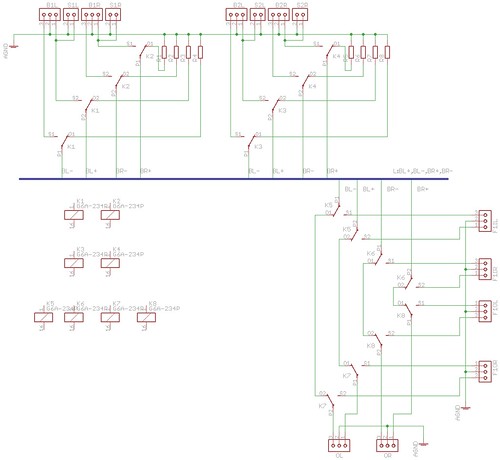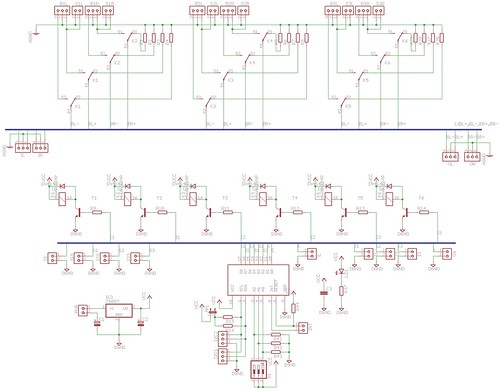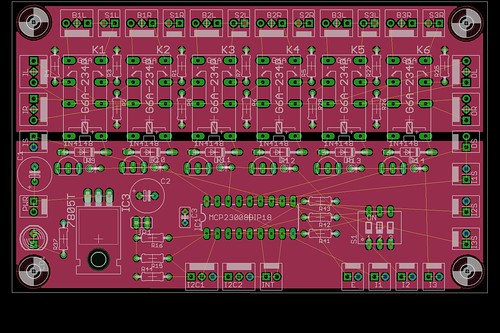nullstring
Headphoneus Supremus
- Joined
- Oct 24, 2008
- Posts
- 1,755
- Likes
- 21
I was not trying to suggest using PICs or BS's
In fact, I would very much dislike that....
I wanted to know why you don't just program the atmel AVR chips directly using GCC-avr, etc.
there is a very large atmel AVR community, and lots of documentation.
Maybe I am being ignorant. Maybe the wiring/audrino stuff is more valuable than I know.
In fact, I would very much dislike that....
I wanted to know why you don't just program the atmel AVR chips directly using GCC-avr, etc.
there is a very large atmel AVR community, and lots of documentation.
Maybe I am being ignorant. Maybe the wiring/audrino stuff is more valuable than I know.







